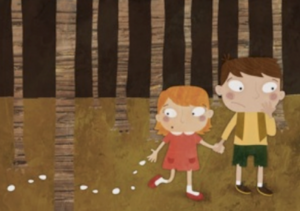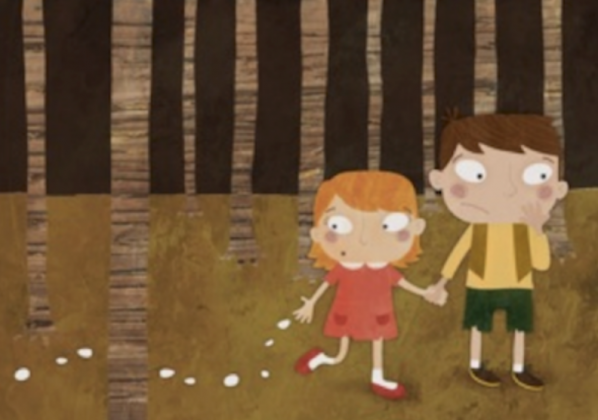Dear Writing Diary,
It has happened again. My teacher assigned a research paper, and, predictably, I have to include a bibliography at the end. This time I have to use APA. Last time it was MLA, and I have another teacher that wants us to write everything in Chicago Style, whatever that is. I seriously don’t understand why teachers are so uptight about this citation business. I’m really starting to believe it’s arbitrary, and teachers make us do it just to give us more opportunities to make mistakes. Two points off for not putting the date in the correct place in APA. Three points off for not italicizing the title of a book in MLA. Zero credit for the hyperlink I provided to one of my sources because, according to the teacher, it wasn’t a citation. That doesn’t even make sense! Just click on it! You’ll go right to the website; what is the problem here!?! All of these formatting rules, different documentation styles, and random punctuation stuff feel like nothing but a waste of time, and I’m pretty sure teachers only make us do it to make sure we aren’t plagiarizing. Wow. What a vote of confidence – right out of the gate. Diary, clearly this issue is making me bitter. How can I come to terms with the torture that is the bibliography?
—Bitter with Baggage
Dear Bitter
Your feelings about bibliographies are shared by many student writers, and you make some good points. Bibliographies can feel arbitrary; they can feel like the teacher is punishing you or trying to trap you, and, yes, they are tedious to write. Add the fact that the rules are constantly changing and different teachers have different requirements, and it’s no wonder that bibliographies have gained such a maligned reputation. While I don’t think I can convince you to fall in love with writing bibliographies, I do think I can help you understand the real reason they exist. Perhaps that will help curb your bitterness.
You mentioned that you feel teachers assign bibliographies as a way to curtail you from plagiarizing. I’ve heard this quite a bit. It is very important to give credit to the sources that you use to construct your research, but bibliographies really don’t have the power to prevent plagiarism. A source can be made-up and listed in the bibliography just as easily as a quote can be swiped off a website and pasted into a paper. The writer would run the risk of being caught and penalized, but that possibility doesn’t actually make it harder to cheat. For this reason, I don’t think your teachers make you write bibliographies because they inherently distrust you or assume you will plagiarize. Instead of thinking about bibliographies as punishment, allow me to offer a productive perspective about bibliographies.
The frequently-overlooked truth is that a bibliography can often be a student’s best friend, serving as a consistent and dependable research tool. If you are like most of us, the research process begins with a computer, databases (or Google), and search terms. We type in any search terms we can conjure, click the search button, and then hope that the computer will return from its search with copious, completely relevant, and totally usable sources, perfectly catered towards our project. But that rarely happens. In my experience, plugging in random search terms and making a wish will usually produce a large number of hits within a database. But when I begin skimming abstracts and trying to find a source that is really going to help my research, I hit a wall. I might find one or two sources that could be usable, but they would be a stretch at best. This was a very inefficient research process; it took forever, and figuring out how to use the less-than-stellar sources in my paper made the process unnecessarily difficult. This was before I realized how bibliographies actually function in the world that exists outside of the classroom. ,
Bibliographies are the academy’s version of Hansel and Gretel’s breadcrumbs. Inside of a scholarly text, when the writer quotes or paraphrases an outside source, there will always be an in-text citation. Whatever is listed in the citation tells the reader where to find the source in the bibliography, listed at the end of the text. That isn’t the end of the process. The bibliographical entry at the end of the text tells the reader exactly what type of source was used, where/when the writer found it, and gives the reader all the information needed to follow the citation and find precisely the same source. If a researcher uses the bibliography in this way, locating sources for their own research becomes much easier than conducting multiple “cold” searches using random search terms. In addition, following the bibliography from an initial source to a new source drastically improves the chance of finding information that is decidedly relevant and easily integrated into the writer’s research process, relieving a lot of the pressure that stems from trying to “force” a mediocre source into a research paper because it’s required by the assignment, and the writer has exhausted all other options.
I don’t know if this perspective will convert you into a great lover of bibliographies, but I do hope that you can bring yourself to recognize that there is merit and value inherent in the bibliographical entry, despite its inconveniences. Even though constructing an accurate bibliographical entry sometimes feels like punishment, possessing the skill to not only construct, but also effectively use bibliographies is a powerful skill, worthy of your attention.
Sincerely,
Diary
Image taken from Dana Tan’s blog: http://www.danatanseo.com

